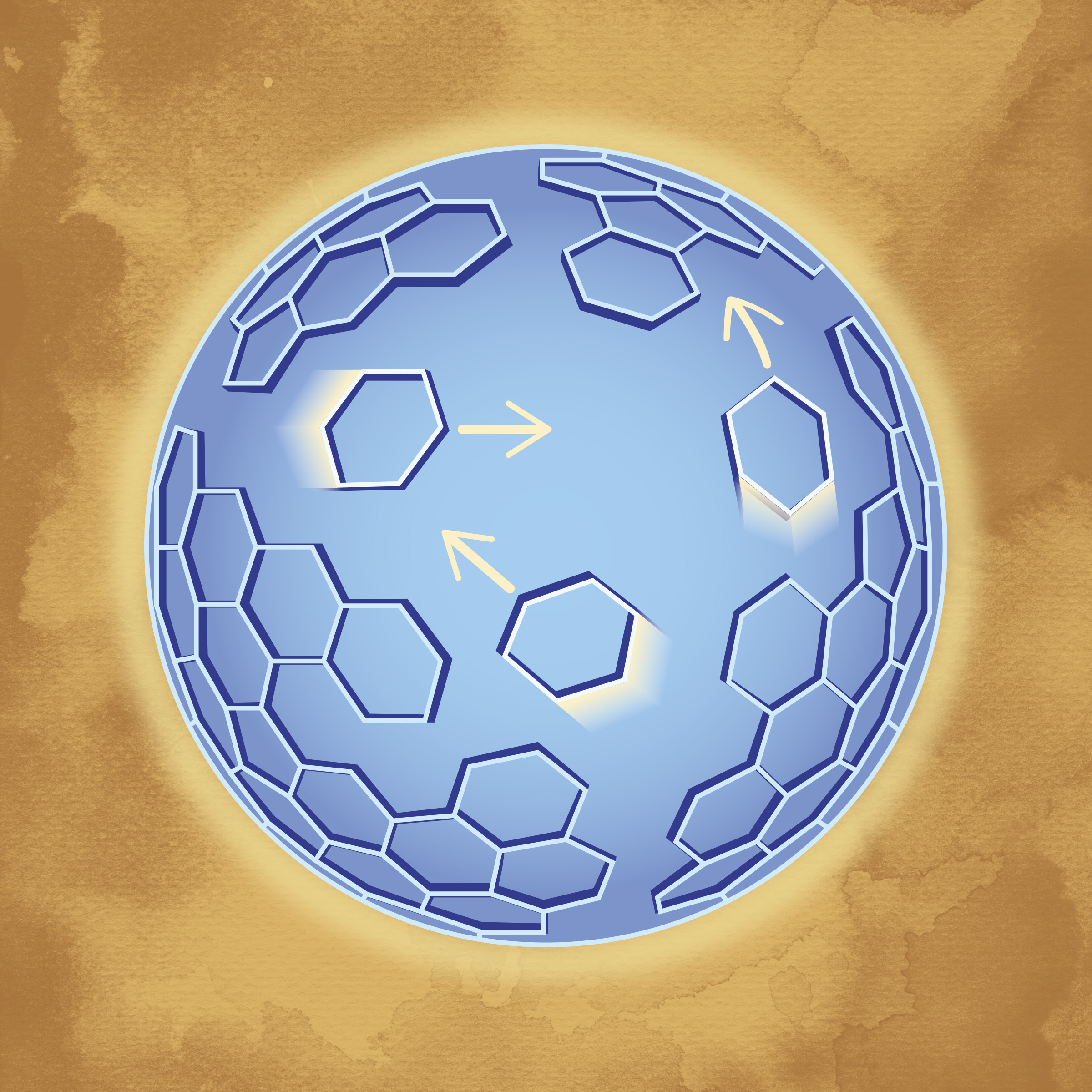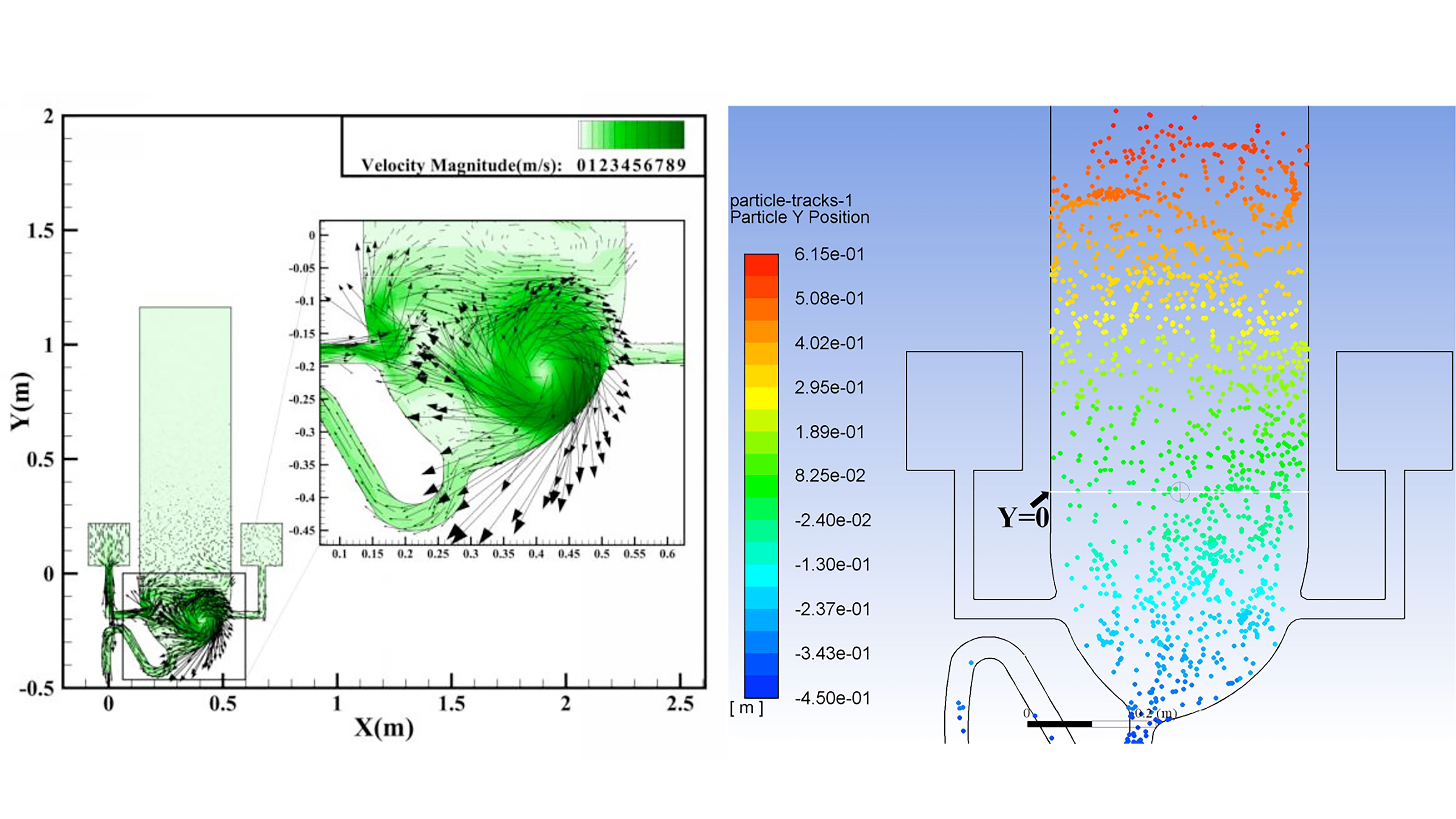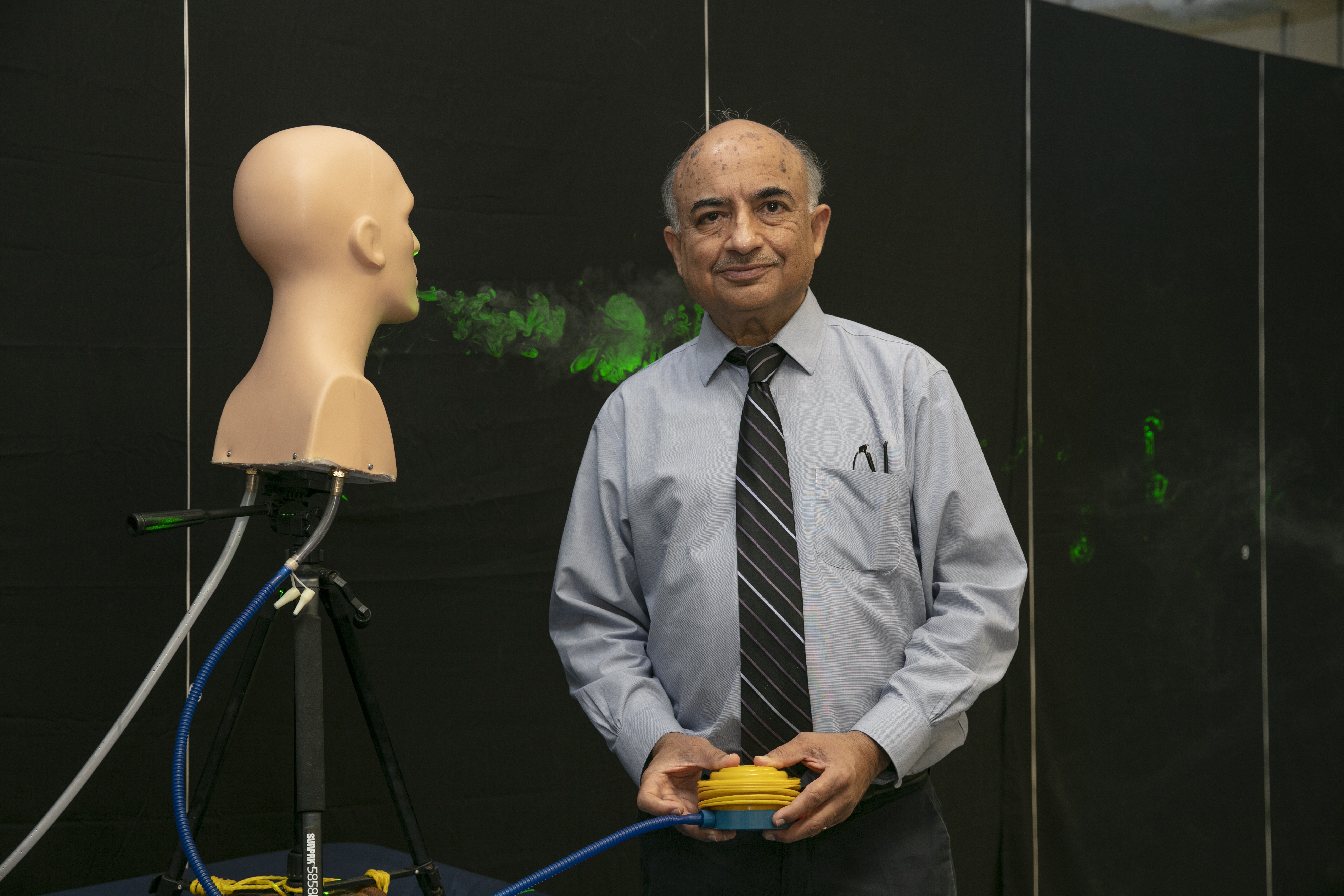A new analysis of fine particulate matter exposure led by researchers at Washington University in St. Louis illuminates ways to improve health in India, Pakistan, Bangladesh, Nepal, Bhutan, Sri Lanka and Myanmar
Tag: Particles
Harnessing Plant Molecules to Harvest Solar Energy
ROCKVILLE, MD – Our current solar panels aren’t very efficient; they are only able to convert up to about 20 percent of the sun’s energy into electricity. As a result, to generate a lot of electricity, the panels require a lot of space—sometimes leading forests to be cut down or farms to be replaced by solar.

Seeking the Most Effective Polymers for Personal Protective Equipment
Personal protective equipment, like face masks and gowns, is generally made of polymers. But not much attention is typically given to the selection of polymers used beyond their physical properties. To help with the identification of materials that will bind to a virus and speed its inactivation for use in PPE, researchers have developed a high-throughput approach for analyzing the interactions between materials and viruslike particles. They report their method in the journal Biointerphases.

Pioneering method reveals dynamic structure in HIV
The method reveals that the lattice, which forms the major structural component of the human immunodeficiency virus (HIV), is dynamic. The discovery of a diffusing lattice made from Gag and GagPol proteins, long considered to be completely static, opens up potential new therapies. The method can be applied to biomedical structure.

Flushing Toilets Create Clouds of Virus-Containing Particles
Researchers used a computer simulation to show how a flushing toilet can create a cloud of virus-containing aerosol droplets that is large and widespread and lasts long enough that the droplets could be breathed in by others. With recent studies showing the COVID-19 virus can survive in the human digestive tract and show up in feces of the infected, this raises the possibility the disease could be transmitted with the use of toilets.
Rutgers’ Greg Moore Elected to National Academy of Sciences
Rutgers Professor Gregory W. Moore, a renowned physicist who seeks a unified understanding of the basic forces and fundamental particles in the universe, has been elected to the prestigious National Academy of Sciences. Moore, Board of Governors Professor in the Department of Physics and Astronomy at Rutgers University–New Brunswick, joins 119 other new academy members and 26 international members this year who were recognized for their distinguished and ongoing achievements in original research.

Stay 6 Feet Apart. Mechanically Simulated Cough Reveals That May Not be Enough
A preliminary, flow visualization experiment suggests that staying 6 feet apart may not be sufficient. It only took the particles from the simulated cough a couple of seconds to travel 3 feet; in about 12 seconds it reached 6 feet and in about 41 seconds it reached around 9 feet. For a heavy cough, the particles can even travel up to 12 feet. In addition, a face mask doesn’t stop the particles 100 percent, but it does slow down the cough jets.
Rutgers Expert Available to Discuss Air Quality During COVID-19
New Brunswick, N.J. (April 9, 2020) – Rutgers University–New Brunswick Professor Monica Mazurek is available for interviews on air quality during the COVID-19 pandemic. “We are experiencing unusually low levels of gas-phase and particulate air pollutants compared with last year,…
Physicists test coronavirus particles against temperature, humidity
One of the biggest unknowns about coronavirus is how changing seasons will affect its spread. Physicists from the University of Utah have received a NSF grant to create individual coronavirus particles without a genome. They’ll test how the structure of the coronavirus withstands changes in humidity and temperature.